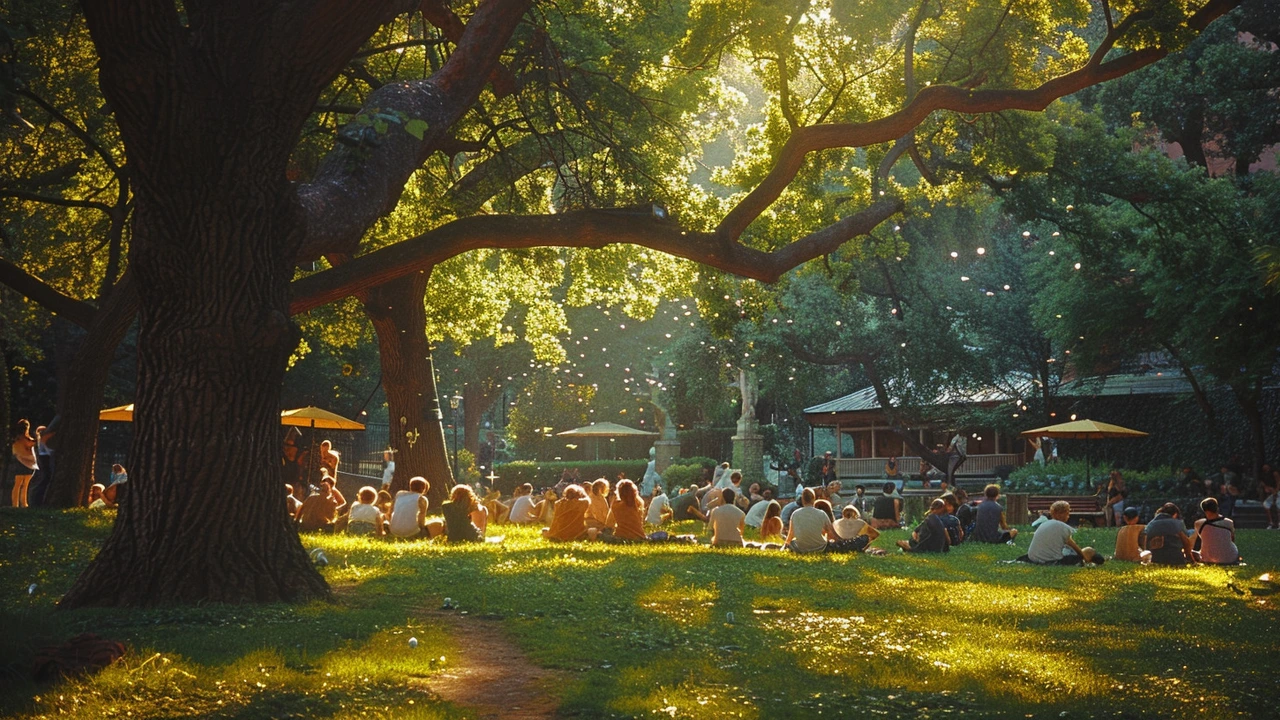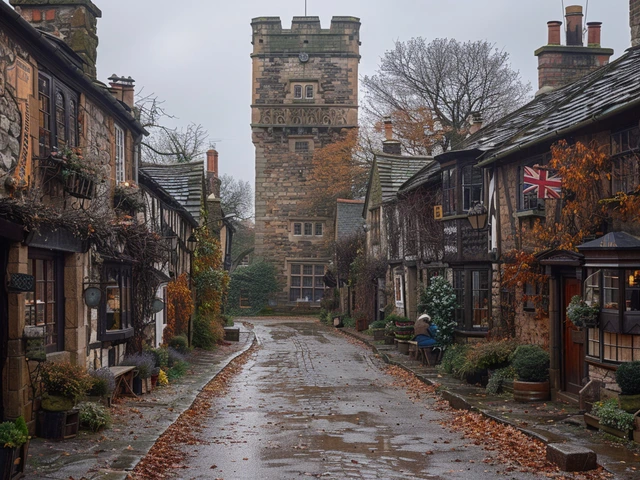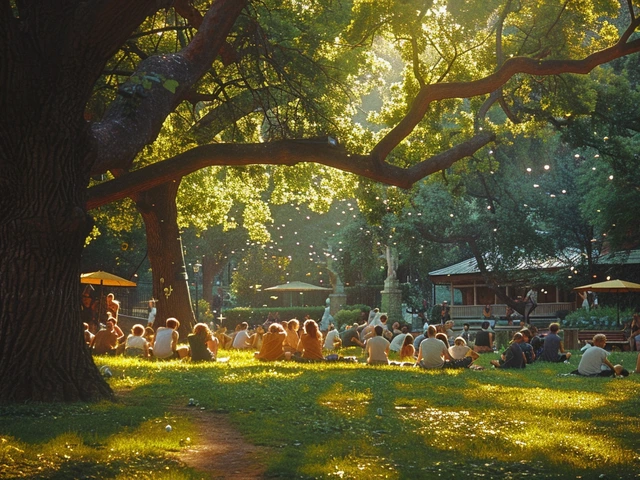Understanding Revivalism in Fashion
At its core, revivalism in the fashion industry is far more than a mere recycling of old trends; it's a nuanced form of homage to the past, interwoven with the fabric of present-day cultural and societal narratives. This movement has gained momentum in the past few years, with designers and brands delving into archives to bring back styles that resonate with today's audience, yet are deeply rooted in history.
But why do we look back? It's a mix of nostalgia, a quest for authenticity, and an expression of individuality. The latter is particularly relevant in an era dominated by mass production and fast fashion. When everything feels increasingly homogeneous, vintage elements offer a breath of fresh air, a sense of uniqueness that's hard to find in the sea of off-the-rack garments.
Sustainability also plays a significant role. As consumers become more environmentally conscious, the appeal of recycling and reusing clothing from past decades aligns perfectly with the movement towards a more sustainable fashion industry. This awareness is not just about the clothes themselves but a broader reflection on reducing waste and embracing slower, more conscious consumption.
The Mechanics of Fashion Revivalism
How does something old become new again? It's an intriguing process, often sparked by a designer's or brand's intention to pay tribute to or reinterpret specific periods or styles. Iconic fashion houses, for instance, might revisit their own archives, reissuing or updating classic pieces that capture the essence of their heritage while fitting seamlessly into contemporary wardrobes.
On a broader scale, cultural and global events significantly influence these revivals. A movie set in the '20s, a music festival celebrating the '60s, or even a social media trend can reignite interest in certain eras, making old seem new and exciting again. The role of influencers and celebrities cannot be understated either; when a high-profile figure embraces a particular vintage style, it often sets off a chain reaction among the masses, propelling that trend back into the limelight.
Moreover, the democratization of fashion through online platforms and social media has made vintage and retro styles more accessible than ever. Platforms like Instagram and Pinterest serve as endless sources of inspiration, allowing individuals to explore and adopt historical styles in ways that resonate with their personal aesthetics.
Iconic Eras and Their Modern Interpretations
Several specific periods have made a significant impact on today's fashion landscape. The 1920s, for example, are celebrated for their glitzy flapper dresses, which have inspired countless contemporary designs that capture the era's spirit of liberation and opulence. Similarly, the 1970s, with their bohemian ethos and disco glam, continue to influence modern fashion, visible in the resurgence of wide-legged pants, earthy palettes, and statement prints.
But revivalism isn't just about copying these styles verbatim. It's about reimagining them for the current era. Designers take elements that define these periods — whether it's the silhouette, fabric, or decorative details — and remix them with modern techniques and sensibilities. The result is not just a nostalgic nod to the past but a fresh, innovative take that speaks to today's fashion-forward audience.
One notable example is the way contemporary designers have reinterpreted the minimalist aesthetic of the 1990s into what's being dubbed as 'neo-minimalism.' This new iteration retains the original era's clean lines and neutral palettes but introduces more diverse textures and subtle, sophisticated details, demonstrating how revivalism can morph into entirely new styles.
The Future of Revivalism in Fashion
As we move forward, it's clear that revivalism in fashion is not a fleeting trend but a cyclic phenomenon that reflects our ongoing dialogue with the past. It's a testament to the timeless appeal of certain styles and the industry's ability to reinvent them in ways that resonate with contemporary audiences.
Furthermore, as the conversation around sustainable fashion grows louder, the interest in vintage and second-hand clothing is likely to escalate. This shift not only supports the environmental aspect of fashion but also encourages a more personalized, eclectic style that stands in stark contrast to mainstream, mass-produced fashion.
Ultimately, the allure of revivalism lies in its ability to blend nostalgia with innovation, offering a creative pathway for exploring identity and expression through fashion. It serves as a reminder that, even in an industry always looking forward, sometimes the best way to move ahead is by taking a glance back.





Leave a Comments